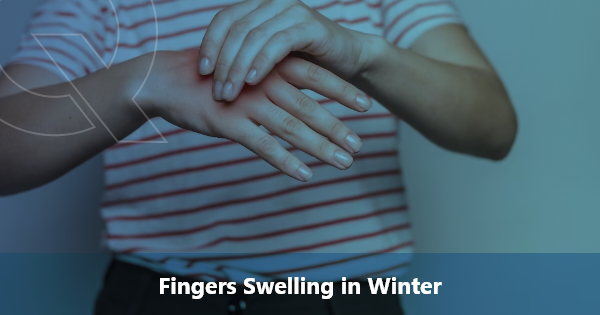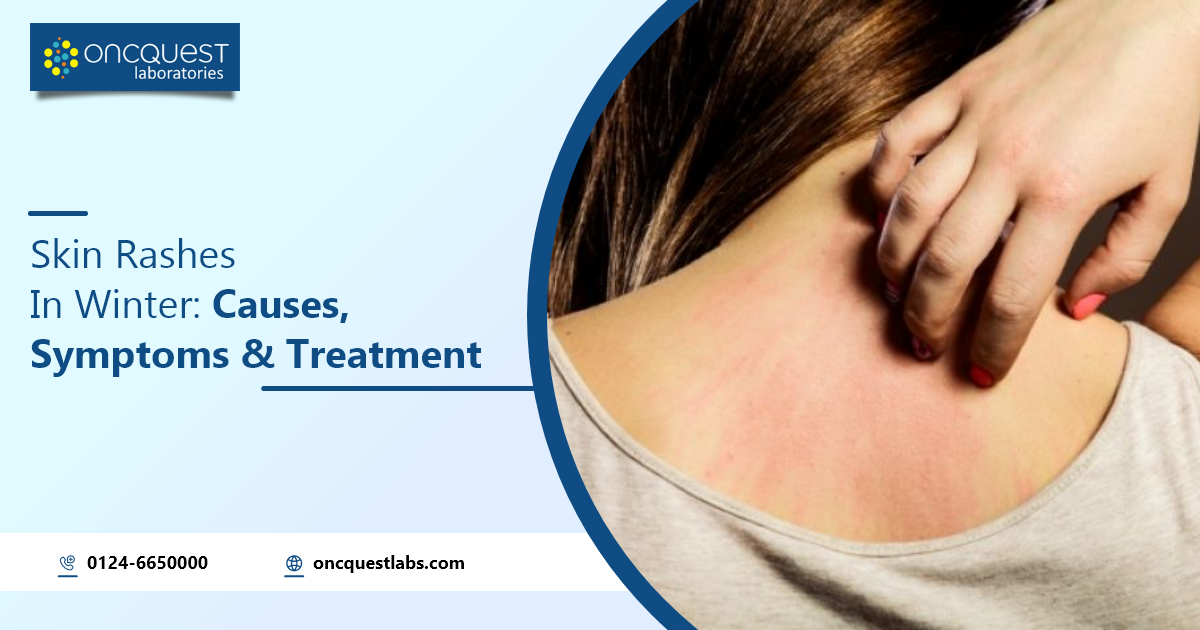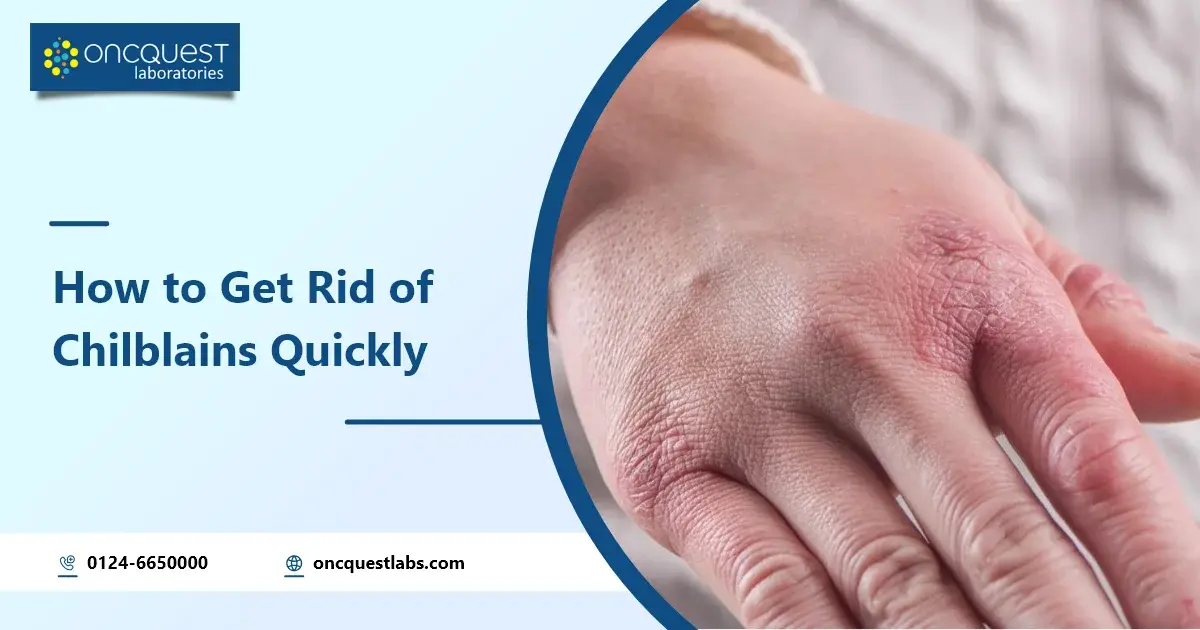During winter, many individuals experience a common issue known as ‘chilblain,’ characterized by skin irritation and swelling in the fingers and toes due to cold temperatures. This phenomenon is associated with edema, a condition resulting from excess fluid trapped in the body’s tissues. While medical interventions exist for edema, natural remedies can also provide relief.
Edema, or oedema, manifests as swelling caused by the accumulation of fluid in tissues or organs. Winter exacerbates this condition for numerous people, with common areas of impact being the legs, feet, face, and abdomen. Causes range from inflammation to dry skin, and it can be linked to factors like pregnancy, lifestyle choices, or injuries to the foot or ankle.
Addressing swollen fingers and toes can involve simple remedies. Proper hydration is crucial to prevent fluid retention, and elevating the affected limbs helps reduce swelling. Additionally, avoiding excessive salt intake and incorporating foods with diuretic properties, such as cucumber and watermelon, can be beneficial. Regular exercise promotes circulation, diminishing the likelihood of edema.
While some instances of swelling may resolve on their own, chronic edema demands prompt medical attention. It’s essential to consult with a healthcare professional to identify the underlying causes and determine the most effective treatment plan, especially if the swelling persists or worsens.
Also Read in Hindi – सर्दी में उंगलियों का सूजन – कारण, उपाय और उपचार
Contents
- 1 Overview of fingers and toes swelling in winter
- 2 Understanding Winter Finger Swelling
- 3 Common Causes of Swollen Fingers in Winter
- 4 Symptoms of swollen fingers in winter
Overview of fingers and toes swelling in winter
| Aspects | Explanation |
| Causes | Cold weather can constrict blood vessels, leading to reduced circulation and fluid retention, causing fingers to swell. Exposure to extreme cold can trigger inflammation, affecting joints and surrounding tissues. |
| Risk Factors | Individuals with conditions like arthritis may experience exacerbated symptoms in cold weather. Poor circulation, often seen in conditions like Raynaud’s disease, can contribute to winter swelling. |
| Symptoms | Swelling of fingers, often accompanied by stiffness and discomfort. Skin may appear reddish or feel tight due to the constriction of blood vessels. |
| Preventive Measures | Keep hands and fingers warm with gloves or mittens to maintain adequate blood flow. Stay hydrated to support overall circulation and reduce the likelihood of fluid retention. |
| Treatment Options | Warm compresses can help alleviate swelling and improve blood flow. Gentle exercises and finger movements can promote flexibility and reduce stiffness. In severe cases, medical consultation may be necessary, especially for underlying conditions. |
| General Tips | Avoid sudden temperature changes, as moving from extreme cold to warmth can trigger swelling. Use hand moisturizers to prevent dry skin, which can exacerbate symptoms. |
| Men and Women Ratio | Both men and women can be affected, but individuals with pre•existing conditions may experience different levels of susceptibility |
| Where it Can Occur | Fingers are the primary site of swelling, but it can extend to hands and wrists in more severe cases. Individuals with conditions like arthritis may experience swelling in specific joints. Cold exposure can also affect toes and other extremities. |
| When to Seek Help | Persistent or severe swelling, especially if accompanied by pain or changes in skin color, requires medical attention. Individuals with chronic conditions like arthritis should consult healthcare providers for tailored guidance. |
Understanding Winter Finger Swelling
Finger swelling in cold weather is a common phenomenon that occurs in winter due to several factors:
1.Vasoconstriction: When exposed to cold temperatures, our blood vessels constrict or narrow. This is the body’s way of conserving heat and keeping warm blood closer to the core. However, this reduced blood flow to the extremities, like fingers, can lead to swelling and discomfort.
2. Fluid Retention: Cold weather can cause the body to retain more fluids, leading to swelling in various parts, including the fingers. This can be exacerbated if you’re not staying adequately hydrated.
3. Lack of Movement: In cold weather, people tend to move their fingers less, keeping them bundled up or in pockets. Reduced movement can slow down blood circulation, contributing to swelling.
4. Raynaud’s Phenomenon: Some individuals have a condition called Raynaud’s phenomenon, where their fingers (and sometimes toes) are especially sensitive to cold. In response to cold or stress, blood vessels in the fingers spasm and temporarily restrict blood flow, causing swelling and colour changes.
To mitigate winter finger swelling, it’s important to keep your hands warm and maintain good circulation. Wearing insulated gloves, moving your fingers regularly, and staying hydrated can help reduce the discomfort associated with cold-induced finger swelling. If you suspect a medical condition like Raynaud’s, it’s advisable to consult a healthcare professional for proper diagnosis and management.
Common Causes of Swollen Fingers in Winter
Swollen fingers in winter can have several common causes, including:
1. Cold Temperatures: Cold weather can lead to swollen fingers due to vasoconstriction, where blood vessels narrow to conserve heat. This reduced blood flow to the fingers can cause swelling and discomfort.
2. Dehydration: Winter air tends to be dry, and people may not feel as thirsty as they do in hot weather. This can lead to dehydration, which can contribute to finger swelling. When the body lacks adequate hydration, it may retain fluids in various areas, including the fingers.
3. Sedentary Lifestyle and Reduced Circulation: During colder months, people often engage in less physical activity and may keep their fingers immobile for extended periods, such as by wearing gloves. Reduced movement can slow down blood circulation, leading to swelling in the fingers.
4. Raynaud’s Phenomenon: This condition is more pronounced in cold weather. It involves blood vessel spasms in response to cold or stress, resulting in restricted blood flow to the fingers. This can cause swelling and colour changes.
Symptoms of swollen fingers in winter
Swollen fingers in winter can be caused by a variety of factors. Some common symptoms and causes include:
1. Cold Weather: Exposure to cold temperatures can cause blood vessels to constrict, leading to reduced circulation and swollen fingers.
2. Chilblains: Prolonged exposure to cold and damp conditions can result in chilblains, causing red, itchy, and swollen fingers.
3. Raynaud’s Disease: This condition causes fingers to turn white, blue, or purple when exposed to cold or stress, followed by swelling and numbness.
4. Arthritis: Cold weather can worsen symptoms of arthritis, leading to joint inflammation and swollen fingers.
5. Peripheral Edema: Swelling can also be a sign of a more general condition like peripheral edema, which can worsen in cold weather.
6. Poor Circulation: Reduced blood flow in colder temperatures can lead to swollen fingers.
If you experience persistent or severe symptoms, it’s important to consult a healthcare professional for proper evaluation and treatment.
Winter Hydration: The Key to Swelling Prevention
Winter hydration is crucial for overall health and can help prevent issues like finger swelling. Here’s why staying well-hydrated in winter is essential:
1. Importance of Winter Hydration:
– Cold weather can be deceptive; it may not make you feel as thirsty as hot weather does. However, your body still loses fluids through respiration and other processes in the winter.
– Adequate hydration supports various bodily functions, including maintaining blood circulation and body temperature regulation.
– Hydration helps keep your skin and tissues healthy, reducing the risk of dryness and discomfort associated with cold, dry air.
2. Dehydration and Finger Swelling:
– When you’re not drinking enough water, your body can become dehydrated. In response, it tries to conserve water by retaining fluids in various areas, including your fingers.
– Dehydration can lead to reduced blood volume and thicker blood, making it more challenging for blood to flow effectively to your extremities, including your fingers.
– This reduced circulation, coupled with the cold-induced vasoconstriction (narrowing of blood vessels), can contribute to finger swelling in winter.
To prevent dehydration and reduce the risk of finger swelling in winter:
– Drink Plenty of Water: Aim to consume an adequate amount of water throughout the day, even when you don’t feel particularly thirsty.
– Limit Caffeine and Alcohol: These beverages can contribute to dehydration, so it’s advisable to consume them in moderation and balance them with water intake.
– Eat Hydrating Foods: Foods with high water content, such as fruits and vegetables, can contribute to your daily hydration.
– Use Humidifiers: Running a humidifier in your home can help combat the drying effects of indoor heating during the winter.
By prioritising hydration, you can maintain better overall health, support circulation, and reduce the risk of swollen fingers and other discomforts associated with dehydration in the winter months.
Warming Up: Protecting Your Fingers from the Cold
Protecting your fingers from the cold is essential to prevent discomfort and potential issues like frostbite. Here are some strategies to keep your fingers warm:
1. Benefits of Wearing Gloves or Mittens:
– Insulation: Gloves and mittens act as insulation, trapping warm air close to your skin and preventing the loss of body heat. They create a barrier against cold temperatures and wind, which helps maintain comfortable finger temperatures.
– Protection from Moisture: Gloves and mittens also shield your fingers from moisture, such as snow or rain. Wet fingers are more susceptible to cold and frostbite.
– Dexterity: While mittens are warmer due to their shared compartment for fingers, gloves provide better dexterity because they separate each finger. Choose the appropriate option based on your activity—mittens for extreme cold and gloves when you need to use your fingers more.
2. Layering Clothing for Finger Protection:
– Base Layer: Start with a moisture-wicking base layer to keep sweat away from your skin. This helps prevent moisture from cooling your fingers.
– Insulating Layer: Add an insulating layer like wool or fleece gloves or mittens. These materials provide warmth even when wet and help trap heat.
– Outer Layer: Finish with a waterproof and windproof outer layer to protect your fingers from the elements. These can be gloves or mittens with these specific features.
Additional Tips:
– Ensure your gloves or mittens fit well to prevent cold air from seeping in.
– Consider hand warmers or heated gloves for extreme cold conditions.
– Keep spare gloves in your bag or car in case your primary pair gets wet.
– Pay attention to weather forecasts and adjust your clothing accordingly.
By wearing appropriate gloves or mittens and layering your clothing, you can effectively protect your fingers from the cold and enjoy winter activities comfortably and safely.
Dietary Choices: Sodium and Finger Swelling
High-sodium foods can indeed worsen finger swelling, especially in the context of winter weather. Here’s why:
1. Sodium and Fluid Retention:
– Sodium is a key component of table salt, and it plays a role in regulating fluid balance in your body.
– Consuming too much sodium can lead to water retention or fluid buildup in your tissues, including your fingers.
– In cold weather, your body may already be retaining more fluids as a response to the cold, and excess sodium intake can exacerbate this effect.
2. Winter Food Choices:
– During winter, people often consume comfort foods that are high in sodium, such as canned soups, processed meats, and certain types of snacks.
– These foods can lead to increased sodium levels in your body, potentially contributing to finger swelling and overall discomfort.
When to Seek Medical Advice
Seeking medical advice is crucial when you experience severe or persistent finger swelling, as it could indicate an underlying medical condition or a more serious issue. Here’s when to consult a healthcare professional:
1. Severe Swelling: If your fingers become extremely swollen, to the point where they are noticeably larger, painful, or stiff, it’s a cause for concern. This can be a sign of an acute issue that requires prompt attention.
2. Persistent Swelling: If the swelling in your fingers doesn’t improve or if it recurs frequently, it’s essential to consult a healthcare provider. Chronic or recurring finger swelling can be indicative of an underlying medical condition that needs diagnosis and management.
3. Colour Changes: If you notice unusual colour changes in your fingers, such as a bluish or pale appearance, it could signal reduced blood flow. This warrants immediate medical evaluation.
4. Numbness or Tingling: If your swollen fingers are accompanied by numbness, tingling, or a loss of sensation, this could indicate nerve compression or circulation problems, requiring medical assessment.
5. Fever or Infection: If the swelling is accompanied by a fever, redness, warmth, or signs of infection (e.g., pus or increased pain), it may be an infection that needs medical treatment.
6. History of Medical Conditions: If you have a history of medical conditions like Raynaud’s phenomenon, diabetes, or autoimmune diseases, it’s important to monitor and report any changes in finger swelling to your healthcare provider.
7. Medication-Related: If you suspect that medication you are taking might be contributing to finger swelling as a side effect, consult your doctor to discuss possible alternatives or adjustments.
Home remedies for fingers swelling in winter
Certainly, here are some home remedies to alleviate finger swelling during winter:
1. Warm Water Soaks:
• Soak your fingers in warm water for 10•15 minutes to improve circulation and reduce swelling. Add a pinch of Epsom salt for added benefit.
2. Compression Gloves:
• Wear compression gloves to provide gentle pressure, promoting blood flow and reducing swelling.
3. Hydration:
• Ensure proper hydration to help prevent fluid retention, a common cause of swelling. Drink an adequate amount of water throughout the day.
4. Elevation:
• Elevate your hands above heart level when possible. This helps reduce swelling by allowing fluids to drain away from the fingers.
5. Gentle Exercise:
• Perform simple hand exercises to improve circulation. Rotate your wrists, flex and extend your fingers, and make a fist repeatedly.
6. Healthy Diet:
• Consume foods rich in potassium, like bananas and leafy greens, which can help balance sodium levels and reduce water retention.
7. Avoid Excessive Sodium:
• Limit your intake of high•sodium foods, as excess salt can contribute to fluid retention and swelling.
8. Moisturize:
• Cold weather can dry out the skin, exacerbating swelling. Regularly moisturize your hands to maintain skin health.
9. Cayenne Pepper Ointment:
• Consider using a cayenne pepper ointment, which may help improve blood circulation and reduce inflammation.
10. Ginger Tea:
• Drink ginger tea, known for its anti•inflammatory properties, to help reduce swelling and improve overall circulation.
Remember, if swelling persists or is accompanied by severe pain or other concerning symptoms, it’s essential to consult with a healthcare professional for a more thorough evaluation and personalized advice.
Conclusion
In conclusion, managing finger swelling in winter is essential for a comfortable season. To keep your fingers warm and swelling at bay, prioritise wearing gloves or mittens for insulation and layer your clothing wisely. Stay well-hydrated to counteract dehydration’s contribution to swelling, and make mindful dietary choices, avoiding high-sodium foods. Recognize when to seek medical advice for severe, persistent, or concerning symptoms. By adopting these healthy habits, you can protect your fingers, maintain proper circulation, and enjoy a cosy and worry-free winter season.
Frequently asked Questions
Q1: How do you fix chilblains on your fingers?
A1: To help alleviate chilblains on your fingers, you can:
1. Keep them warm and dry.
2. Avoid hot water or direct heat, and use soothing creams or lotions.
3. If symptoms persist, consult a healthcare professional for guidance and potential medications.
Q2: What vitamin deficiency causes chilblains?
A2: Chilblains are often associated with poor circulation and exposure to cold, rather than a specific vitamin deficiency. However, maintaining good overall nutrition, including sufficient intake of vitamins like vitamin C and vitamin E, can help support healthy skin and circulation, potentially reducing the risk of chilblains.
Q3: Why fingers are swollen in winter?
A3: Fingers can swell in winter due to cold temperatures constricting blood vessels, reducing blood flow to the extremities. This can lead to fluid retention and swelling as blood vessels dilate when you warm up, causing a rush of blood and fluids to the fingers. Additionally, chilblains, a skin condition triggered by cold exposure, can also lead to finger swelling.
Q4: Can ice reduce swelling in fingers?
A4: Yes, applying ice can help reduce swelling in fingers. Cold therapy constricts blood vessels and reduces blood flow to the swollen area, which can alleviate inflammation and minimise swelling. However, it’s important to use a cloth or barrier between the ice and the skin to avoid frostbite, and not to apply ice directly for too long to prevent damage.





